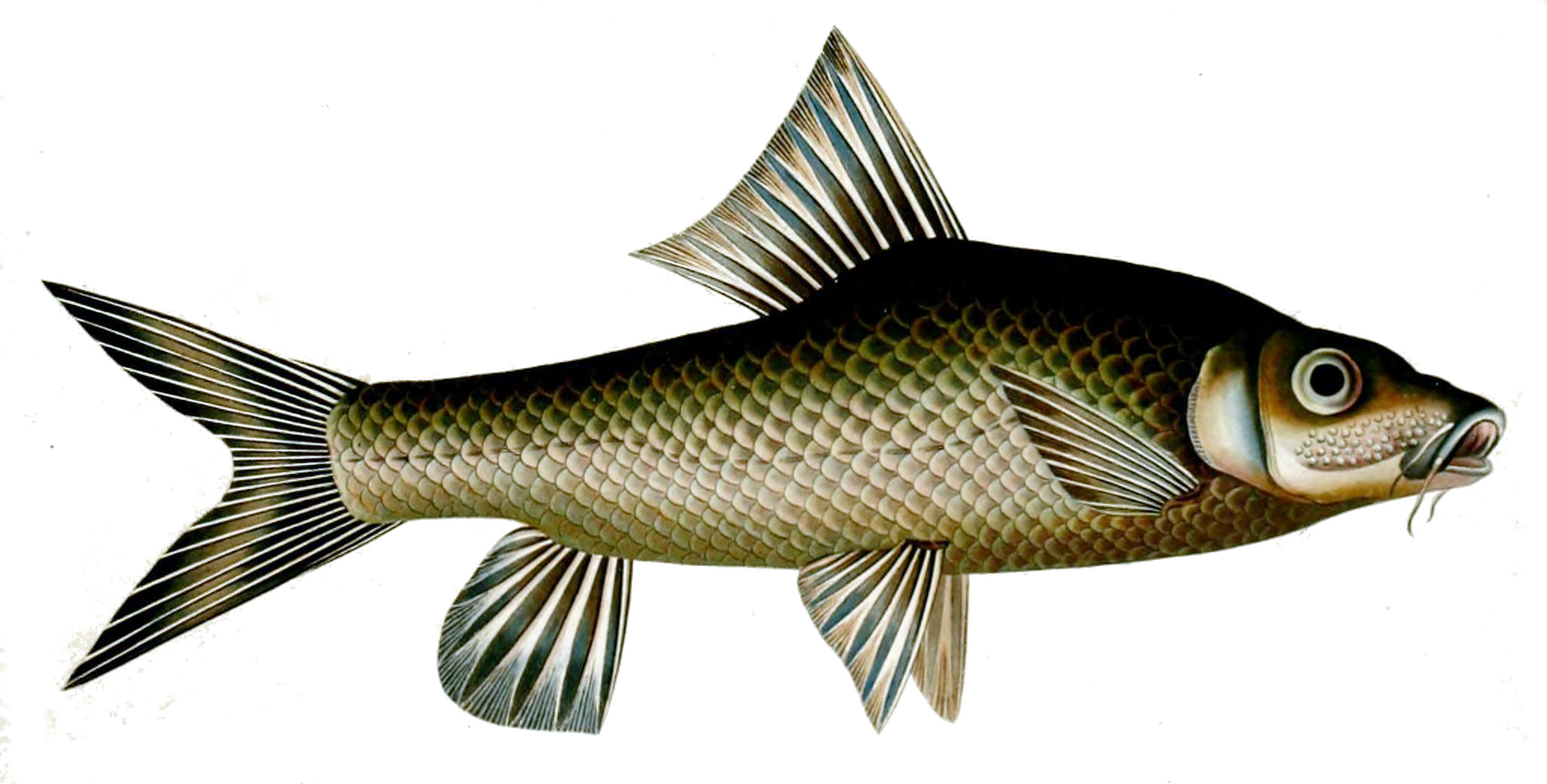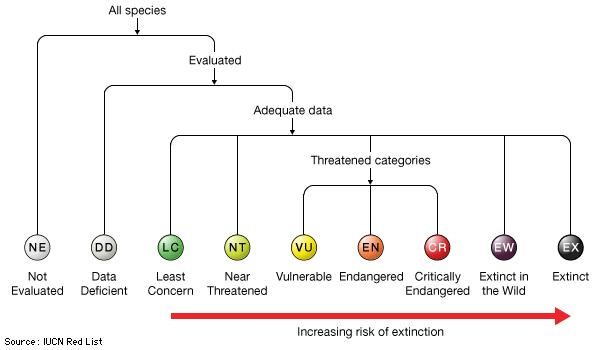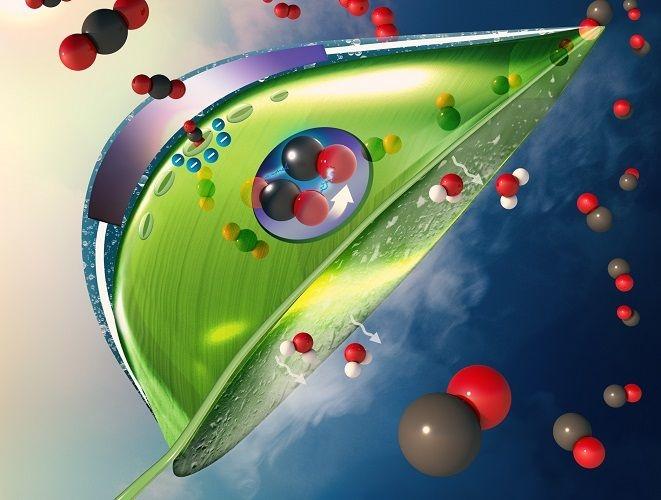7667766266
enquiry@shankarias.in
Multi-Dimensional Poverty Index
UNDP
Hump Backed Mahseer

IUCN Red list

Artificial Leaves

Source: The Hindu, Indian Express, India times